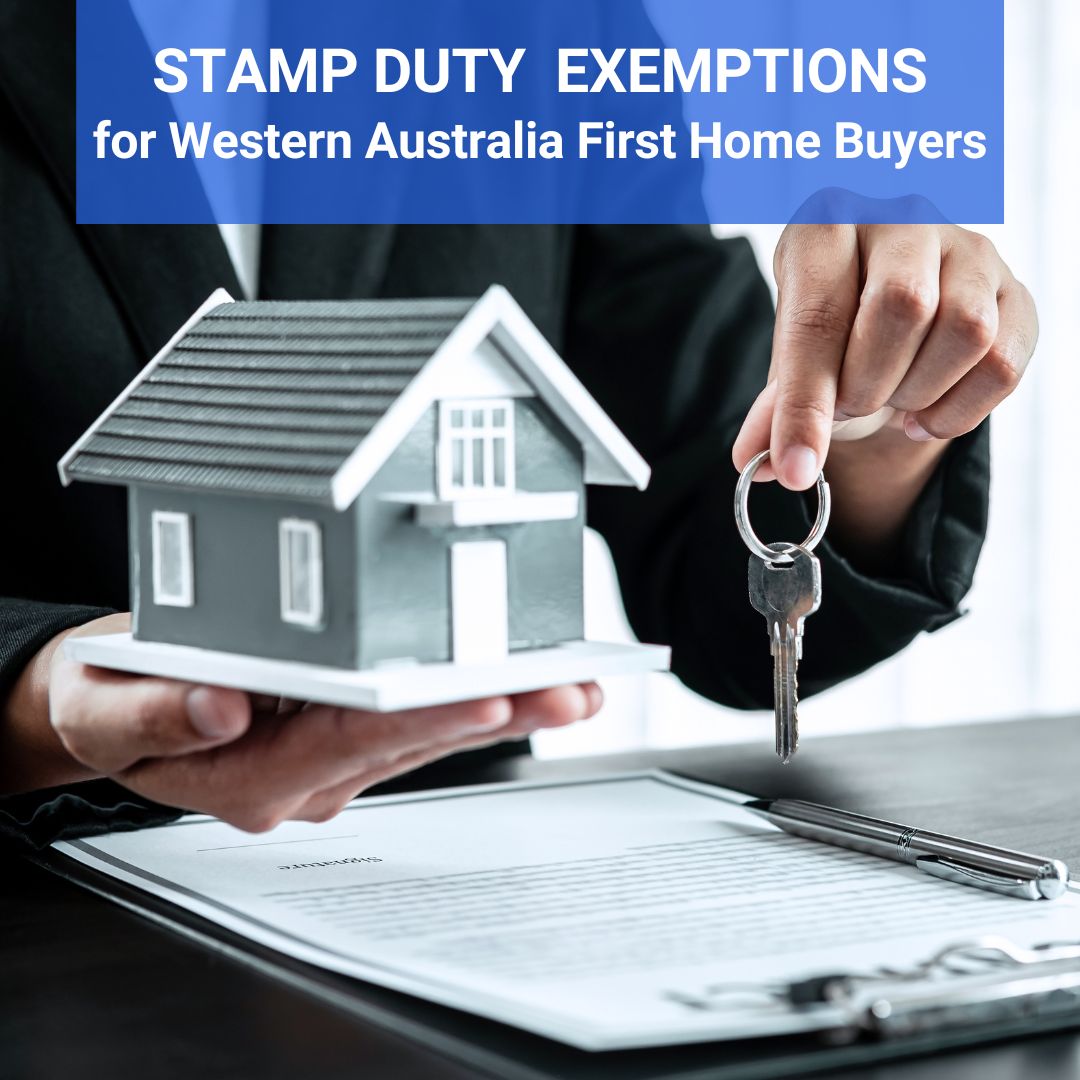Need a loan? Enjoy unlimited support from 9AM-9PM and 24-hour lodgement services.
10 Common Pitfalls to Avoid as a First-Home Buyer

Buying your first home is an exciting milestone, but it’s also one of the most significant financial decisions you’ll ever make. While the process is rewarding, it’s easy to fall
- Broker360
- No comment
- December 18, 2024
LMI Exemptions: Everything You Need to Know

Lenders Mortgage Insurance (LMI) is a significant cost for many borrowers with less than a 20% deposit, but what if you could avoid paying it altogether? For eligible buyers, LMI
- Broker360
- No comment
- December 18, 2024
What is Lenders Mortgage Insurance (LMI)?

For many Australians, buying a home is one of the most significant financial steps they’ll ever take. But if you don’t have a 20% deposit saved, you might encounter something
- Broker360
- No comment
- December 18, 2024
LMI Waivers for Medical Professionals: Save Thousands on Your Home Loan

For healthcare professionals in Australia, buying a home can be more accessible than you think. Many banks and lenders recognize the financial stability of medical professionals and offer Lenders Mortgage
- Broker360
- No comment
- December 18, 2024
Actionable Tips on How to Improve Your Credit Score

Your credit score plays a crucial role in determining your eligibility for loans—whether it’s a home loan, car loan, or personal loan. For first-home buyers and anyone looking to secure
- Broker360
- No comment
- December 17, 2024
Can I Buy My First Home With a Guarantor?

Buying your first home can feel overwhelming, especially when you hear that you need a large deposit—sometimes as much as 20% of the property price. But what if saving that
- Broker360
- No comment
- December 17, 2024
How Much Deposit Do WA First-Home Buyers Need Plus Low-Deposit Options

If you’re a first-home buyer in Western Australia, you might be wondering, “How much deposit do I really need?” While the common belief is that you need a 20% deposit
- Broker360
- No comment
- December 17, 2024
First Home Buyers Guide to Stamp Duty Exemptions in WA

When buying your first home in Western Australia, stamp duty (or transfer duty) is one of the biggest upfront costs. Thankfully, WA offers generous exemptions and concessions specifically for first-home
- Broker360
- No comment
- December 17, 2024
